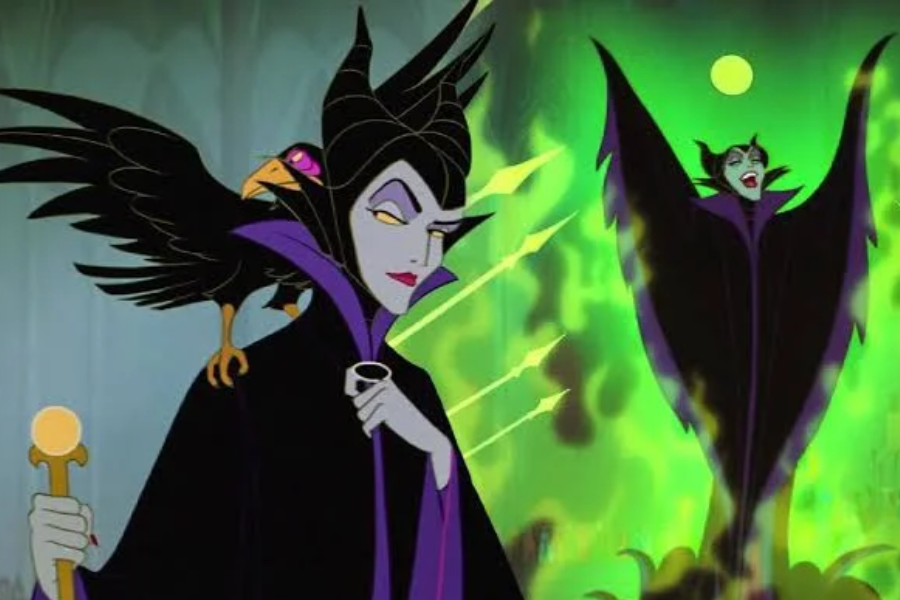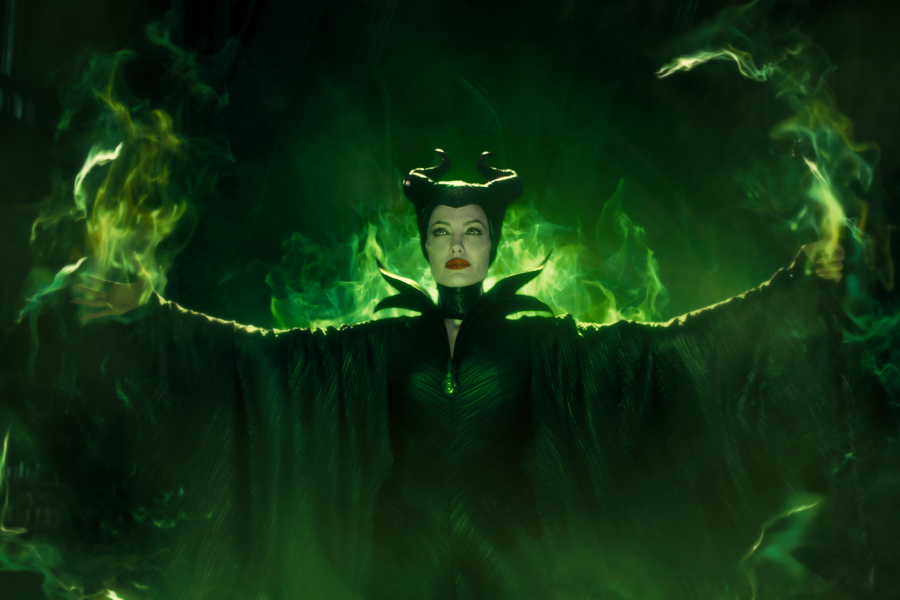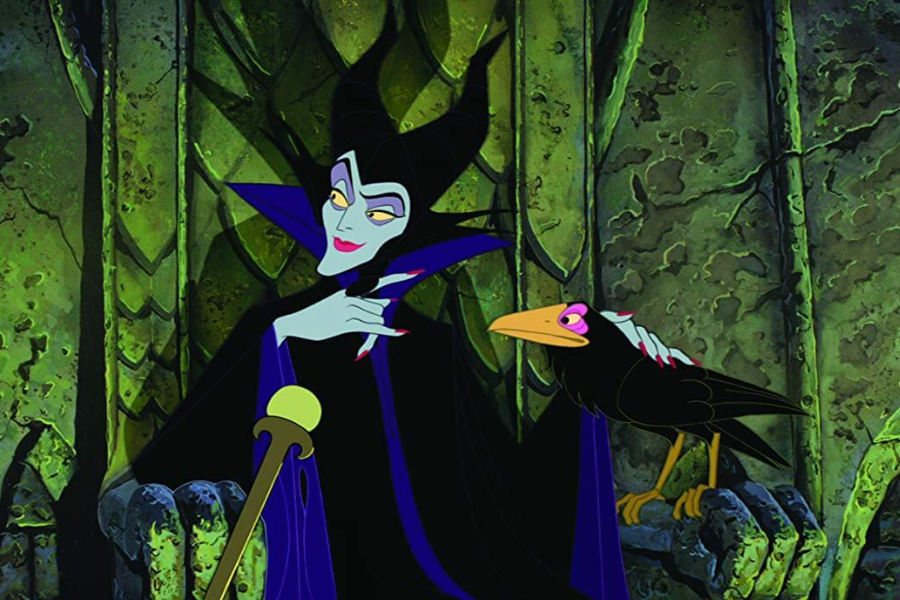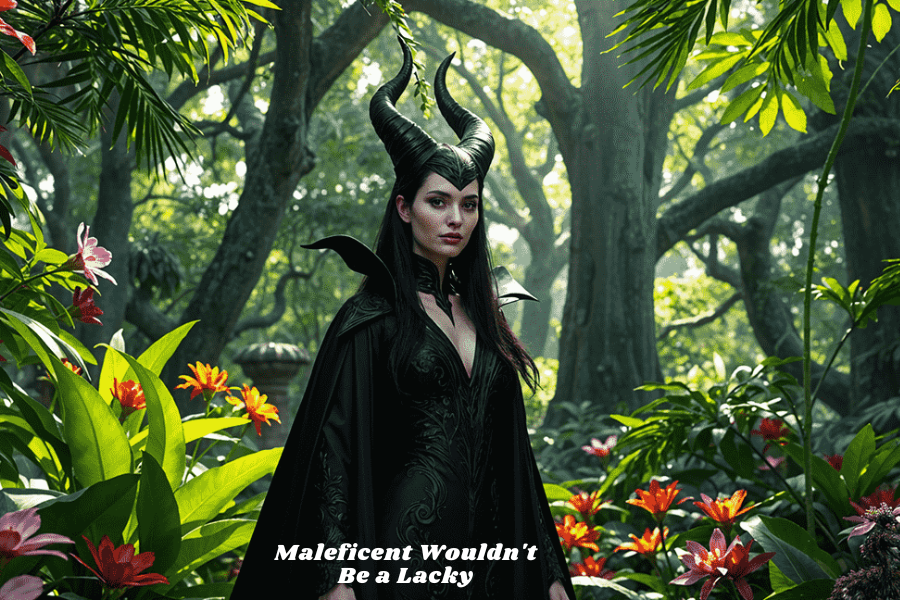Maleficent is not just another Disney villain—she redefines what it means to be one. From her first appearance in Sleeping Beauty, she’s portrayed as a figure who operates with complete authority. Unlike other villains who often act under the influence of a greater evil or manipulate others from behind the scenes, Maleficent always leads with confidence. Her motivations are entirely her own, driven by emotions like betrayal or the desire to protect her domain, rather than serving a higher power.
In the live-action Maleficent films, we see even more depth added to her character. She’s not just evil for the sake of being evil; her actions are shaped by complex emotions, including love and loss. This evolution highlights her autonomy, making her much more than a typical villain. Her refusal to be controlled or diminished has influenced how Disney now portrays villains—giving them more depth and independence.
Maleficent’s impact extends beyond just her story. She’s shaped how audiences view female villains, turning what could have been a one-dimensional evil character into one of Disney’s most complex and memorable antagonists. Her legacy shows that even villains can be nuanced, commanding not just fear, but respect.
The Origins And Motivations Of Maleficent

Maleficent’s story is one rooted in betrayal and deep heartbreak. Once a powerful fairy who knew love and friendship in the magical moors, her life was forever changed by an act of treachery. King Stefan, someone she trusted and cared for, betrayed her in his ruthless pursuit of power. This devastating betrayal transformed Maleficent from a protector of the moors into a vengeful force.
Stefan’s betrayal left her scarred, and in her rage and sorrow, she channeled her pain into immense, dark magic. But Maleficent’s motivations go beyond simple revenge. Her actions stem from a profound sense of loss and heartbreak, making her character far more complex than villains who act out of pure malice. This duality of pain and power makes Maleficent relatable and deeply human, as she grapples with emotions that many can understand.
Beneath her fierce exterior lies vulnerability, which adds depth to her character. She isn’t driven solely by anger; she’s a symbol of how pain can reshape one’s purpose. This exploration of complex emotions, particularly in a female villain, offers a richness rarely seen in media. Maleficent’s journey reminds us that even the darkest characters can be shaped by the pain of lost trust and love.
The Complexity Of Maleficent’s Character
Maleficent, first introduced in Disney’s Sleeping Beauty (1959), is far from a typical villain. With her iconic horns and formidable presence, she has captivated audiences for generations. But what makes Maleficent truly fascinating isn’t just her striking appearance—it’s her depth and complexity. Unlike many one-dimensional villains, Maleficent is layered, making her both relatable and terrifying.
Her strength lies in the balance between her darkness and vulnerability. She embodies independence and power, defying the traditional female archetypes often seen in early Disney films. This makes her an intriguing character, opening the door for filmmakers to explore her story beyond mere villainy. In the live-action Maleficent films, for instance, we see her more as a multi-faceted figure, driven by emotions like love, betrayal, and loss, giving her motivations a deeper, more human side.
In fairy tales, villains typically exist only as obstacles for the heroes to overcome, but Maleficent breaks that mold. Her appeal goes beyond being a mere antagonist to Sleeping Beauty. Her motivations and tragic backstory allow audiences to question the very nature of evil, offering a more nuanced look at what drives her actions. Maleficent challenges viewers to see beyond the surface of good versus evil, encouraging them to consider the circumstances that create such complexity.
The First Movie: A Fresh Perspective
The 2014 film Maleficent boldly reimagined the classic fairy tale by telling the story from the villain’s point of view. This innovative approach paid off, as the movie became a commercial triumph, grossing over $758 million worldwide. By offering a new lens on a familiar narrative, it sparked renewed interest in the tale of Sleeping Beauty, captivating audiences with its unique perspective.
One of the film’s strengths lay in its ability to elicit sympathy for Maleficent. Her backstory of betrayal at the hands of King Stefan transformed her from a one-dimensional villain into a deeply tragic character. This revisionist angle allowed for a richer exploration of themes such as betrayal, love, and forgiveness, illustrating the complexity of human emotions and the potential for redemption.
By presenting Maleficent as a guardian figure rather than just a malevolent antagonist, the film opened up important discussions about the roles women play in storytelling and how those roles can be redefined. This nuanced portrayal resonated with viewers who craved more than the simplistic good-versus-evil narrative, leading to a demand for deeper and more meaningful storytelling in the genre.
The Significance Of Authentic Representation

The representation of strong female characters in media is vital for shaping how audiences perceive and understand gender roles. Accurate representation goes beyond simply showcasing women on screen; it involves creating characters that are multi-dimensional, relatable, and empowering.
Maleficent’s character, rich in complexity and depth, has the power to challenge traditional gender norms and inspire viewers. By portraying a formidable woman who breaks free from conventional narratives, such stories can contribute to a larger dialogue about gender equality and representation in media.
When characters like Maleficent are inaccurately depicted or lack sufficient development, it can reinforce harmful stereotypes and stifle meaningful discussions about gender dynamics. Filmmakers must recognize the significant influence of their storytelling choices and aim to craft narratives that reflect the diversity and intricacies of real-life experiences, paving the way for a more inclusive media landscape.
Reasons For The Shortcomings
Several factors contributed to the disappointments surrounding Maleficent: Mistress of Evil. A primary issue was the script, which struggled to maintain a coherent narrative. The decision to introduce new elements and characters ultimately detracted from the central storyline that audiences had become invested in from the first film.
Another significant drawback was the lack of focus on character development. While the original movie excelled at providing Maleficent with a rich and compelling backstory, the sequel fell short in showcasing any substantial evolution in her character. Instead of building upon her previous experiences and insights, the film relied on clichéd depictions of good versus evil, missing the opportunity to illustrate Maleficent’s growth and complexity.
Additionally, the execution of the film played a key role in its underwhelming reception. Despite boasting lavish production design and impressive special effects, Mistress of Evil struggled to find the right balance between visual flair and storytelling depth. The emphasis on visual spectacle came at the expense of a well-developed narrative, resulting in a film that, while visually striking, felt hollow and unsatisfying to many viewers.
The Transformation Of Disney Villains Through Maleficent

Maleficent’s journey has significantly reshaped the way Disney portrays its villains. Transitioning from a straightforward antagonist to a deeply layered character has set a new standard in storytelling, highlighting the importance of emotional complexity and depth. This shift has led Disney to craft villains who are not merely evil, but who possess intricate motivations and genuine internal struggles.
The influence of Maleficent is evident in newer films that delve into the histories and motivations of their villains. Characters like Elsa from Frozen and Dr. Facilier from The Princess and the Frog reflect this trend, blurring the lines between hero and villain. Such narratives resonate with contemporary audiences, who appreciate characters that mirror the complexities of real-life emotions and experiences.
By challenging the traditional notions of villainy, Maleficent has opened the door for future stories that invite viewers to explore characters on a deeper level. This evolution not only enriches the narratives but also encourages a more empathetic understanding of characters, making Disney’s storytelling more engaging and relatable than ever before.
The Legacy And Future Of Maleficent
The live-action film Maleficent garnered a mixed reception from both audiences and critics. While many applauded its fresh perspective on the iconic character and its exploration of themes like redemption and empowerment, others felt it strayed too far from the original fairy tale. Regardless of the divided opinions, the film successfully reignited interest in Maleficent, solidifying her status as one of Disney’s most iconic villains.
Looking ahead, there is considerable speculation regarding Maleficent’s future in the Disney universe. Following the success of the original film and its sequel, Maleficent: Mistress of Evil, it’s likely that Disney will continue to delve into her character across various media formats. Whether through new films, television series, or other storytelling avenues, Maleficent’s enduring popularity suggests her narrative is far from finished.
As Disney expands its storytelling universe, there remains a significant opportunity to further explore Maleficent’s character and her complexities within a broader context. By continuing to challenge traditional villain archetypes and emphasizing her depth, Disney can engage audiences in fresh and exciting ways, keeping Maleficent’s legacy alive for future generations.
Conclusion
Maleficent, introduced in Disney’s “Sleeping Beauty” (1959), is a compelling villain whose complexity sets her apart from traditional antagonists. Her journey from a powerful fairy in the enchanted moor to a figure driven by betrayal and heartbreak showcases the emotional depth rarely seen in female villains. Betrayed by King Stefan, Maleficent transforms from a protector into an avenger, challenging the conventional narratives that often depict female characters as merely evil or submissive. Instead of fitting the mold of a lackey, she embodies defiance and independence, carving her destiny and inviting audiences to empathize with her struggles.
The impact of Maleficent’s character extends beyond her own story, influencing how Disney portrays villains in general. This shift towards more nuanced representations is evident in characters like Elsa from “Frozen” and Dr. Facilier from “The Princess and the Frog,” who blur the lines between good and evil. Moreover, Maleficent’s story emphasizes the importance of accurate representation in media, as strong female characters can challenge gender roles and inspire meaningful discussions about equality. By embracing both strength and vulnerability, Maleficent stands as a powerful figure who refuses to be anyone’s lackey, ultimately reshaping the narrative around female antagonists in contemporary storytelling.
Don’t miss the latest updates and alerts visit: Vents Fashion!

